Setting Up an Art Gallery
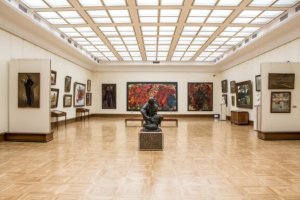
In museums and galleries, the distribution of artwork, organization and placement is fundamental. Interested in learning the guidelines? We’ll show you how to set up your own gallery to showcase art pieces.
If you want to create a comfortable and attractive art gallery, you’ll need to know how to organize the layout as well as where to place the pieces and their mounts. All these factors will make a space where order reigns supreme.
Understanding showcase spaces
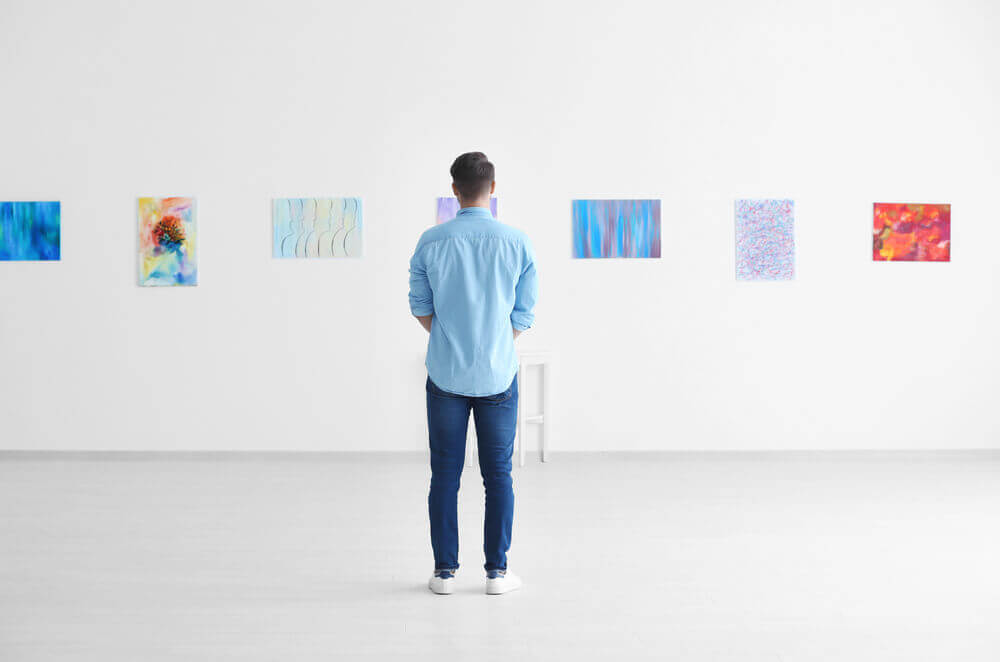
First and foremost, whether a commercial area or a room in your home, you need a wide space. Don’t forget that an art gallery doesn’t have to be a huge commercial space, it could also be a room in your home.
As you think about what your space can offer, think about the mounts as well and what you’ll need to create a comfortable atmosphere.
Also, remember that your wall color will be key for creating a balance between the artwork and setting. Choose the color to match your exposition pieces.
The setting should complement the art pieces and not create tension.
Wall color
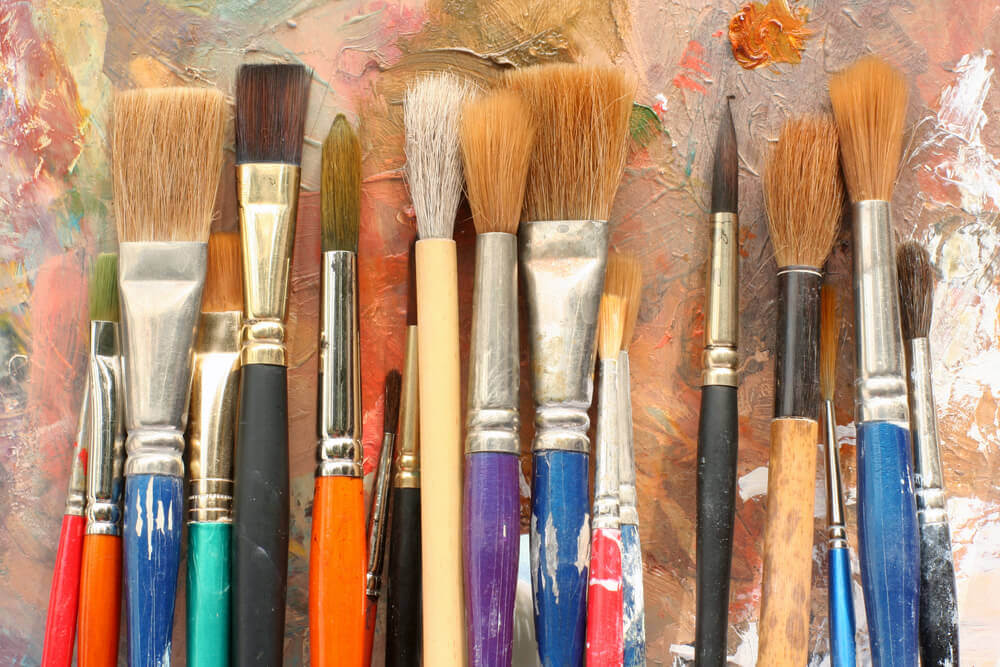
Your wall color should be harmonious. When you choose it, be smart and keep your desired result in mind. Let’s take a look at some great gallery options and other not-so-great ones:
- Neutral colors, like gray, can work wonderfully. They provide a simple background for art, which fit in nicely with the setting.
- White is undoubtedly one of the most commonly used colors for gallery walls. White is hue-less, and always a safe bet. However, depending on the lighting, it can sometimes be a bit strong.
- Ultramarine blue transmits serenity and tranquility. As a result, artworks can safely hang over a color that offers a more sober air.
- Avoid reds, yellows, oranges, or others that are too strong. They create tension instead of complementing art pieces. Additionally, they don’t help create a comfortable ambiance.
How can you decorate a gallery?
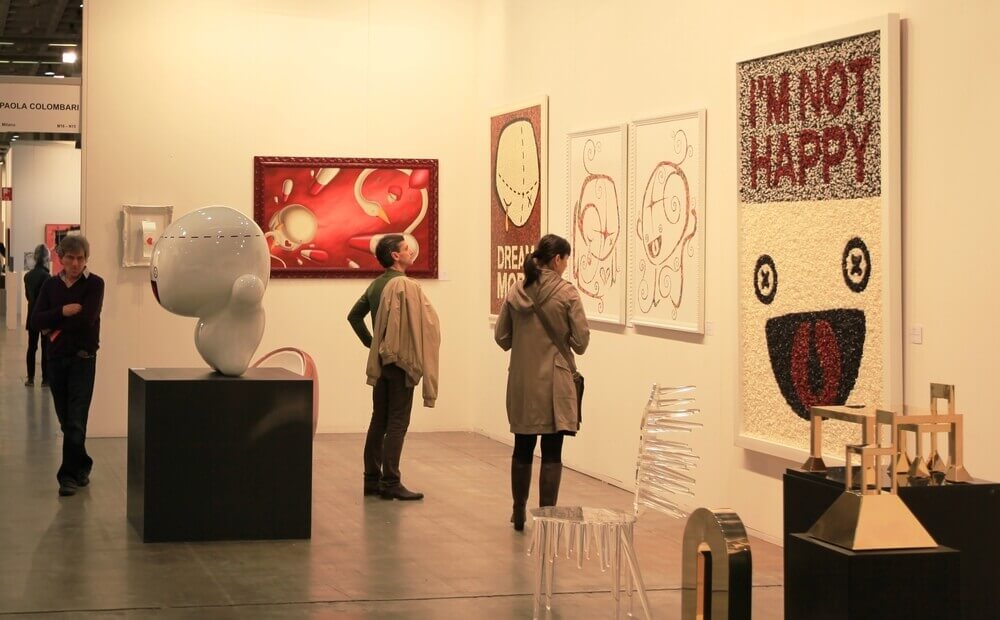
You don’t need to use decor as wall colors and art pieces will create the ideal space for viewing pleasure.
Avoid putting up accessories. All the attention should be directed on the art. Anything that catches the eye without being part of the exposition will distract viewers.
Make sure that the main space is clear, allowing your guests to freely move around. But have seating available, like a long simple bench, to ensure a comfortable visit.
Lighting, a fundamental factor
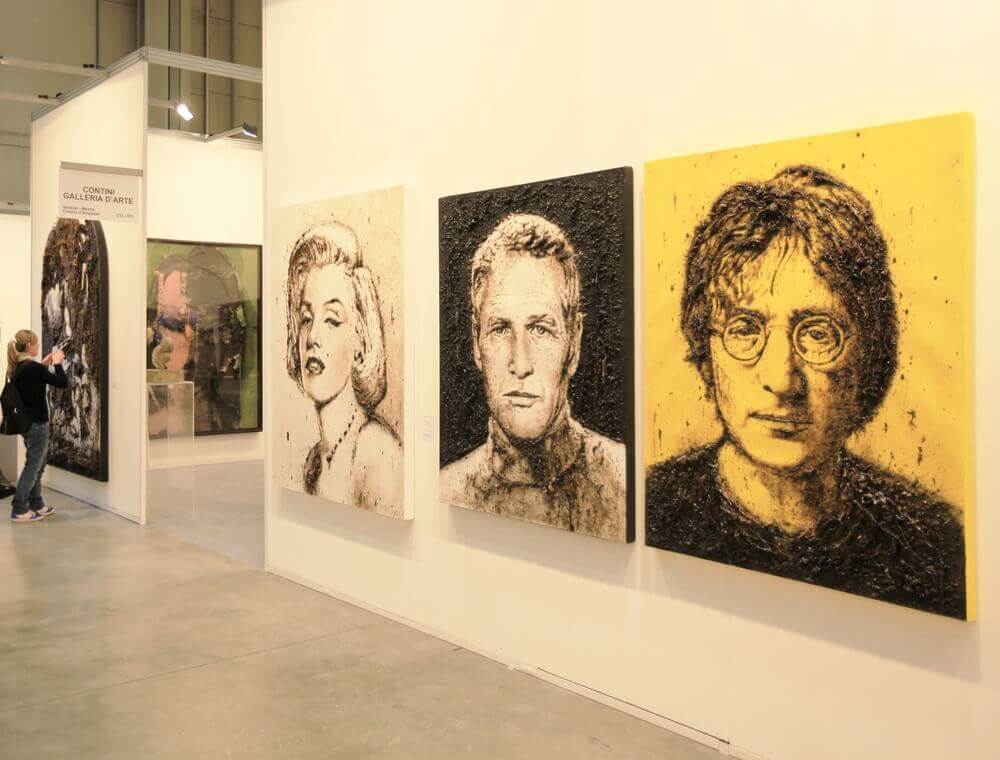
Be intentional with the lighting. The way you direct your lights should be spot on. With the correct lighting, your guests can properly view the artwork. Avoid unnecessary shadows and glare:
- Ceiling light fixtures are the best choice. Having a light source for each art piece is a good idea. Try to make the pieces as easy to view as possible, especially if they’re oil paintings.
- You can also try indirect lighting, which uses hidden light fixtures in a mount along the upper part of the wall, shining light towards the ceiling. These lights prevent any glare as they don’t shine directly on the art pieces.
- Last, but certainly not the least common: a strong central light can offer a space good general lighting. Natural light, on the other hand, isn’t recommended for exhibition spaces.
In museums and galleries, the distribution of artwork, organization and placement is fundamental. Interested in learning the guidelines? We’ll show you how to set up your own gallery to showcase art pieces.
If you want to create a comfortable and attractive art gallery, you’ll need to know how to organize the layout as well as where to place the pieces and their mounts. All these factors will make a space where order reigns supreme.
Understanding showcase spaces

First and foremost, whether a commercial area or a room in your home, you need a wide space. Don’t forget that an art gallery doesn’t have to be a huge commercial space, it could also be a room in your home.
As you think about what your space can offer, think about the mounts as well and what you’ll need to create a comfortable atmosphere.
Also, remember that your wall color will be key for creating a balance between the artwork and setting. Choose the color to match your exposition pieces.
The setting should complement the art pieces and not create tension.
Wall color

Your wall color should be harmonious. When you choose it, be smart and keep your desired result in mind. Let’s take a look at some great gallery options and other not-so-great ones:
- Neutral colors, like gray, can work wonderfully. They provide a simple background for art, which fit in nicely with the setting.
- White is undoubtedly one of the most commonly used colors for gallery walls. White is hue-less, and always a safe bet. However, depending on the lighting, it can sometimes be a bit strong.
- Ultramarine blue transmits serenity and tranquility. As a result, artworks can safely hang over a color that offers a more sober air.
- Avoid reds, yellows, oranges, or others that are too strong. They create tension instead of complementing art pieces. Additionally, they don’t help create a comfortable ambiance.
How can you decorate a gallery?

You don’t need to use decor as wall colors and art pieces will create the ideal space for viewing pleasure.
Avoid putting up accessories. All the attention should be directed on the art. Anything that catches the eye without being part of the exposition will distract viewers.
Make sure that the main space is clear, allowing your guests to freely move around. But have seating available, like a long simple bench, to ensure a comfortable visit.
Lighting, a fundamental factor

Be intentional with the lighting. The way you direct your lights should be spot on. With the correct lighting, your guests can properly view the artwork. Avoid unnecessary shadows and glare:
- Ceiling light fixtures are the best choice. Having a light source for each art piece is a good idea. Try to make the pieces as easy to view as possible, especially if they’re oil paintings.
- You can also try indirect lighting, which uses hidden light fixtures in a mount along the upper part of the wall, shining light towards the ceiling. These lights prevent any glare as they don’t shine directly on the art pieces.
- Last, but certainly not the least common: a strong central light can offer a space good general lighting. Natural light, on the other hand, isn’t recommended for exhibition spaces.







